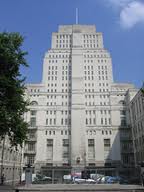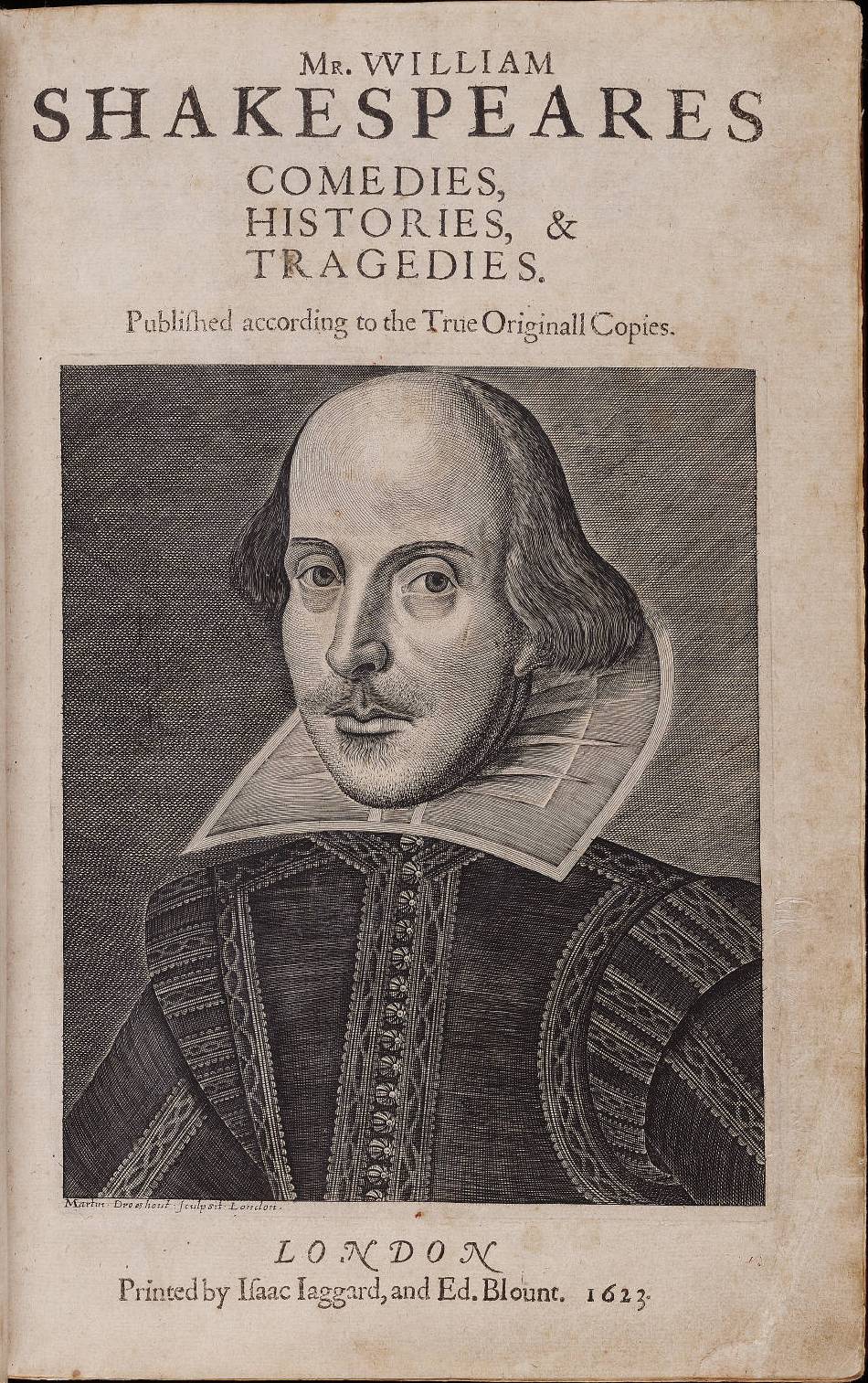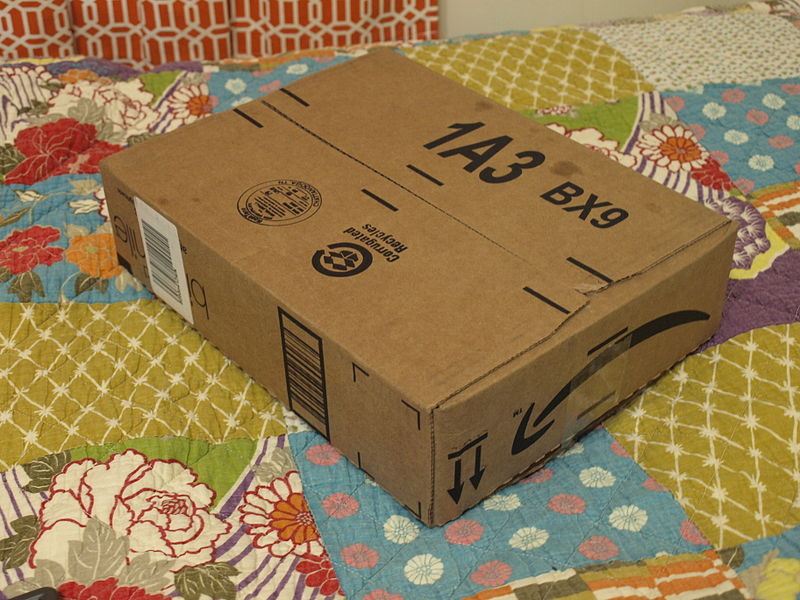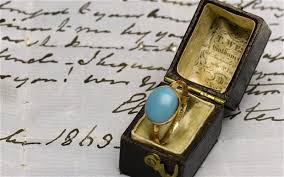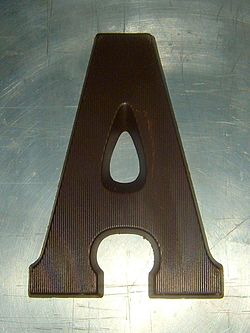 I’m just reimmersing myself in Leah Price’s indecently clever How to do Things with Books in Victorian Britain (2012), and have come to a point early on where she cites Elaine Scarry on the way that print in general, and literature in particular, is defined ‘by its power to drown out the significance that would otherwise be attached to its material form’. Scarry, in Dreaming by the Book (1999), writes that unlike music, sculpture, or painting, ‘verbal art, especially narrative, is almost bereft of any sensuous content. Its visual features … consist of monotonous small black marks on a white page’. Any sensory response the book elicits is ‘not only irrelevant but even antagonistic to the mental images that a poem or novel … produces’.
I’m just reimmersing myself in Leah Price’s indecently clever How to do Things with Books in Victorian Britain (2012), and have come to a point early on where she cites Elaine Scarry on the way that print in general, and literature in particular, is defined ‘by its power to drown out the significance that would otherwise be attached to its material form’. Scarry, in Dreaming by the Book (1999), writes that unlike music, sculpture, or painting, ‘verbal art, especially narrative, is almost bereft of any sensuous content. Its visual features … consist of monotonous small black marks on a white page’. Any sensory response the book elicits is ‘not only irrelevant but even antagonistic to the mental images that a poem or novel … produces’.
A short time before I came across this passage, I was listening to my 9-year-old son doing his reading homework. (He has to do 20 minutes a day, every week-day, and does he grumble). He’s reading a delightful book by Kate DiCamillo called Because of Winn-Dixie, about a girl from Florida who unexpectedly acquires a dog and a life. He doesn’t like reading to himself so he reads aloud, and it’s seriously interesting to hear him and to ponder how much is going on when a literate adult approaches a sentence.
Things are exacerbated, I imagine, when you are reading a book that is maybe 75% conversation, and in an unfamiliar version of English. But what comes across to me as I listen is the extraordinary amount of hard-won skill that goes into working out the emphases of printed speech. To be able to predict where a sentence is going, to sense the likely arc of the words and guess how it will answer to the sentences that preceded it–this is not an innate ability, but is one that we have to acquire and go on acquiring throughout our lives. Turns of phrase that come naturally to me sound bizarre to a 9-year-old; to talk of ‘a candy that was famous the world over’, for instance, is plain ungrammatical. And (come to that) why do they have to put so many ‘m’s into ‘Mmmm-hmmm’? And why do they always have to write ‘the Herman W. Block Memorial Library’ every time they mention it, instead of just saying ‘the library’? Some of the most characteristic sentences in the book have the temerity to be just one or two words long (‘And I have to admit, he stank. Bad.’, or the ubiquitous ‘Yes, ma’am’). To get the force of them you have to be able to make a lot out of a microscopic bit of punctuation that you would rather didn’t exist, and put your knowledge together with an understanding of unfamiliar idioms, accents, tones of voice.
What I think I’m noticing as I listen to this fledgling reader is the complex orality of the printed word. It’s not a new or profound point, and doubtless there’s a vast literature on it somewhere (Walter Ong is in the back of my mind…) But it concerns me that people who think about ‘the book’ as an artefact wouldn’t bracket voice with the ‘material’ aspects of a text. In Price’s quotation from Scarry, a poem or novel furnishes ‘mental images’, but even to begin to think this way is to start to neglect the process of making meaning from the succession of words on the page. And that meaning is secured by material means, although it doesn’t involve anything obvious like a different kind of paper, or a change in the font, or a marginal note.  Along with word-order, ‘visual’ phenomena including spelling, elision, and punctuation can all be invoked to render the voice. (‘Sister Pullet, you may do as you like, and you may let your husband rob you back again o’ the money he’s given you, but that isn’t my sperrit.’–to pull a sentence not quite at random from George Eliot). Dashes, brackets, semicolons, exclamation marks, italics and commas all offers subtle tools for rendering vocal cadences. And don’t get me started on paragraph breaks… Far from being monotonous, the average printed page positively fizzes; and the smaller that black mark is, the more important it is likely to be.
Along with word-order, ‘visual’ phenomena including spelling, elision, and punctuation can all be invoked to render the voice. (‘Sister Pullet, you may do as you like, and you may let your husband rob you back again o’ the money he’s given you, but that isn’t my sperrit.’–to pull a sentence not quite at random from George Eliot). Dashes, brackets, semicolons, exclamation marks, italics and commas all offers subtle tools for rendering vocal cadences. And don’t get me started on paragraph breaks… Far from being monotonous, the average printed page positively fizzes; and the smaller that black mark is, the more important it is likely to be.
